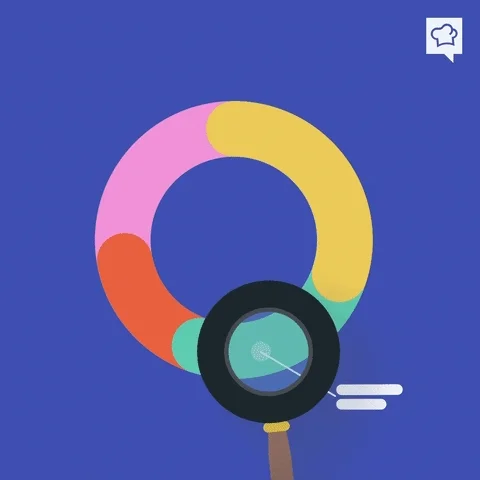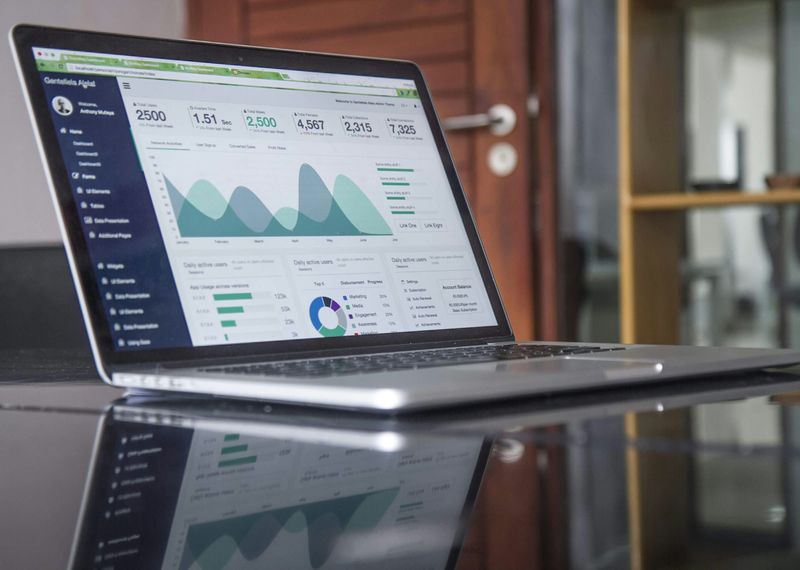Do you feel overwhelmed by all the different skills and terminologies you need to learn to become a data analyst? Maybe you're unsure where to begin? What if you don't have a degree in computer science or data engineering?

The good news is you can develop the skills needed for data analyst jobs without those degrees.
While it may take time and motivation, the path to this skillset doesn't have to be complicated!
What Exactly Do Data Analysts Do?
Before diving into the nuts and bolts, let's understand why people pay data analysts on average $79,000 in the US and $64,000 in Canada.

In a nutshell, data is everywhere. Companies need data analysts to dive into the ocean of information and uncover insights that help them make smarter decisions.
Data analysts are the reason a massive retailer like Walmart can stock the right products in the right stores at just the right time. They’re also the magic behind Spotify’s ability to suggest that perfect song, just when you need it.
To do these amazing things, data analysts need four core skills. As you become more experienced, you'll learn more advanced skills needed for data analyst roles. But to get started, you just need these four.
Skill 1: Data Planning — Asking The Right Question
Good data analysis starts with a plan — that is, having a clear question that data can help answer.

You create questions that can be answered with data every day.
Think about it. Have you ever looked at your bank account and thought, “Where did all my money go?” Or asked, “What should we eat for lunch?” These questions can be answered with data that can be found in your credit card statement or by taking a quick poll to see what everyone is craving.
At work, your manager might set the question, but understanding why you're doing the analysis helps you know exactly what data to collect and how to use it.
Quiz
Which dataset(s) would help you answer the question, "Which product is most likely to become a best-seller at your company?" Select all that apply:
Skill 2: Data Manipulation: — Collecting & Preparing the Data
Have you ever made a grocery list? Maybe the list got long so you started putting categories like produce, cleaning supplies, and snacks.
That's data manipulation! You collected some data, and prepared it so that you can buy all the things you needed.
Now, imagine your boss asks you to gather a list of all the employees and their dietary restrictions. What will you do?

You could write it down on a piece of paper, but that's going to take you a lot of time.
This is why data analysts love using tools like an Excel sheet to quickly gather and prepare the list of names along with their allergies and dietary restrictions.
You could start learning basic data analytics with Excel or learn how to code Python and SQL to better collect and prepare data. But always remember the question you are trying to answer. Sometimes, a simple tool can get the job done just fine.
Quiz
In the scenario with your boss, what question(s) might he be trying to answer with data? Select all that apply:
Skill 3: Data Analysis — Analyzing & Interpreting the Data
Once you've collected all the data and prepared it, you can start analyzing the data and drawing conclusions.

It sounds complicated, but most times, you're looking for trends and correlations.
Let's say you work at a coffee shop. You analyze the sales report and notice a lot of people ordering double shot Americanos in the morning (trend). Based on the time of day, you realize that these are office workers. So you draw the conclusion that the number of Americano orders goes up when a lot of office workers place an order (correlation).
You can learn many different types of analysis techniques. You can start with Excel functions and eventually learn machine learning algorithms to make predictions, like how many coffee beans will be needed on a weekday during the summer.
Quiz
You notice that the more your company put ads on Youtube, the more visitors you get on your website. Is this a trend or a correlation?
Skill 4: Data Visualization — Visualizing & Communicating the Data
Back to the coffee shop example: your boss is wondering what kind of seasonal drink would sell well over the summer. You find out from survey and exploratory analysis (finding patterns) that there is a growing interest in healthy drinks, especially from college students.
How will you visualize the finding so that your boss can make a data-driven decision?

Quiz
What will be a good way to share your insight in this scenario?
Remember To Document Your Work
Whether you're taking a university course or learning data skills on your own, it's important to show your work. Here's why:
It can be a source of data that helps you understand your learning process more deeply.
It creates a record of your progress that you can use to build a portfolio, which can be valuable for future job opportunities.
On a meta level, you're practicing data analysis throughout your learning journey!

Whether you're a beginner or an expert, documentation is the cornerstone of good data analysis. It's important to develop this habit early on so that your data analysis work and skills can stand out.
Take Action
Developing data analysis skills doesn't have to be complicated. Take small basic steps and work towards more advanced skills needed for data analyst roles:

Your feedback matters to us.
This Byte helped me better understand the topic.



